- Добавил: literator
- Дата: 26-06-2025, 18:24
- Комментариев: 0
 Название: Federated Learning Based Intelligent Systems to Handle Issues and Challenges in IoVs (Part 2)
Название: Federated Learning Based Intelligent Systems to Handle Issues and Challenges in IoVs (Part 2)Автор: Shelly Gupta, Puneet Garg, Jyoti Agarwal, Hardeo Kumar Thakur, Satya Prakash Yadav
Издательство: Bentham Books
Год: 2025
Страниц: 373
Язык: английский
Формат: epub (true)
Размер: 10.1 MB
Federated Learning for Internet of Vehicles: IoV Image Processing, Vision, and Intelligent Systems (Volume 3) Federated Learning Based Intelligent Systems to Handle Issues and Challenges in IoVs (Part 2) explores how Federated Learning (FL) is revolutionizing the Internet of Vehicles (IoV) by enabling secure, decentralized, and scalable solutions. Combining theoretical insights with practical applications, this book addresses key challenges such as data privacy, heterogeneous information, and network latency in IoV systems. This volume offers cutting-edge strategies to build intelligent, resilient vehicular systems, from privacy-enhanced data collection to blockchain-based payments, smart transportation systems, and vehicle number plate recognition. It highlights how Federated Learning drives advancements in secure data sharing, identity-based authentication, and real-time road safety improvements.

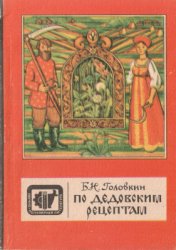
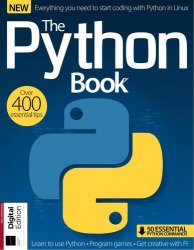
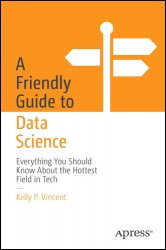
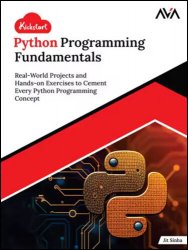
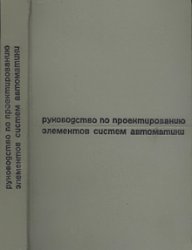
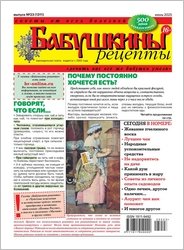 Название: Бабушкины рецепты
Название: Бабушкины рецепты

